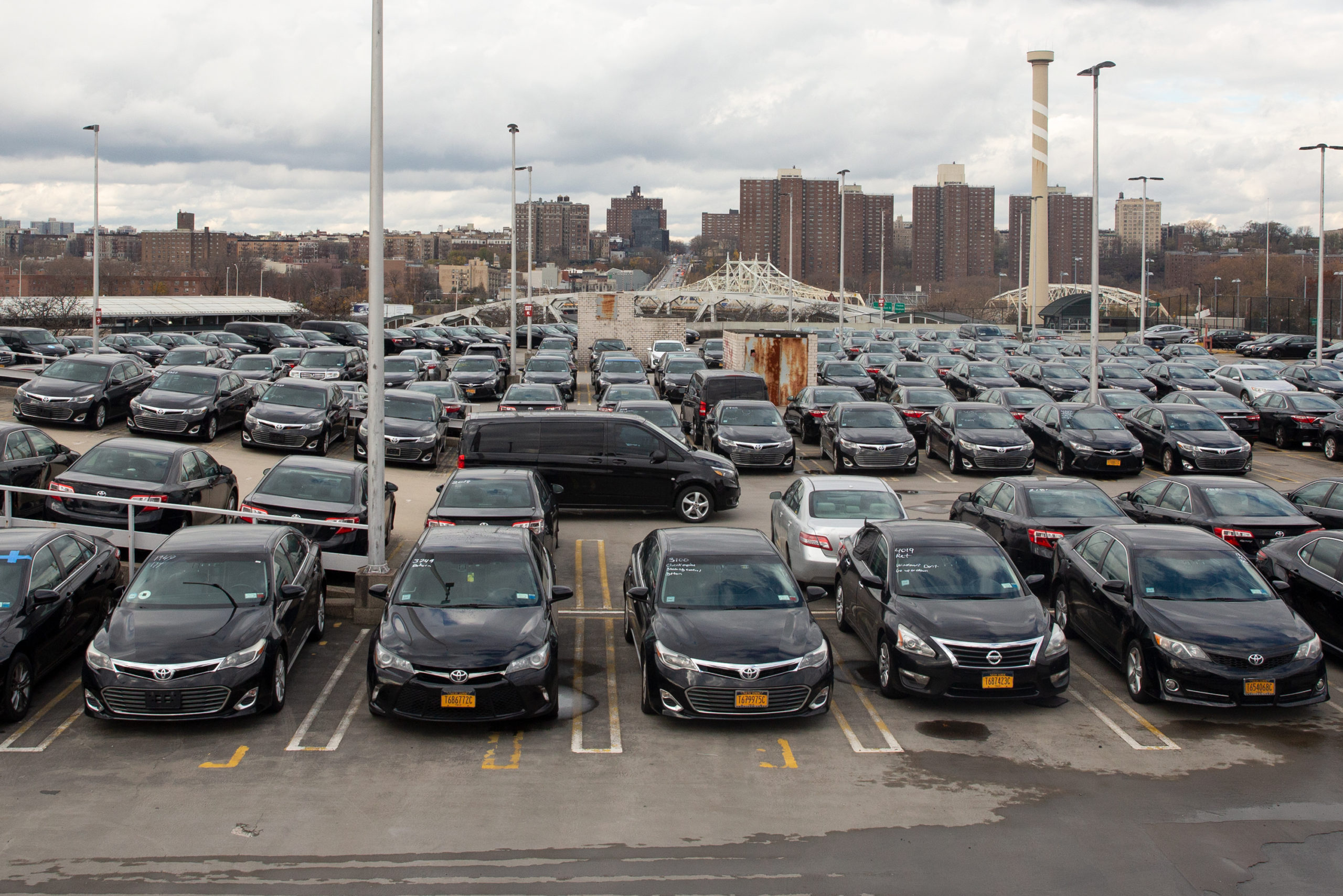Bumpy Road Ahead for Livery Cabs as Adams’ TLC Reverses de Blasio Plan on New Licenses
The Taxi and Limousine Commission has extended a cap on livery car licenses, which industry leaders say could be a final nail in their coffin.

 This article was originally published on by THE CITY.
This article was originally published on by THE CITY.
The Taxi and Limousine Commission last week yanked a potential lifeline tossed to the battered livery car industry during Bill de Blasio’s final days in City Hall — and livery leaders fear the move could lead to a “death sentence” for the shrinking sector.
The TLC’s March 23 decision to not issue any new for-hire vehicle licenses for six months comes after then-mayor de Blasio said in December that issuing new licenses was “an idea whose time has come” for “an indispensable sector of this industry.”

Brooklyn Boro
View MoreNew York City’s most populous borough, Brooklyn, is home to nearly 2.6 million residents. If Brooklyn were an independent city it would be the fourth largest city in the United States. While Brooklyn has become the epitome of ‘cool and hip’ in recent years, for those that were born here, raised families here and improved communities over the years, Brooklyn has never been ‘uncool’.